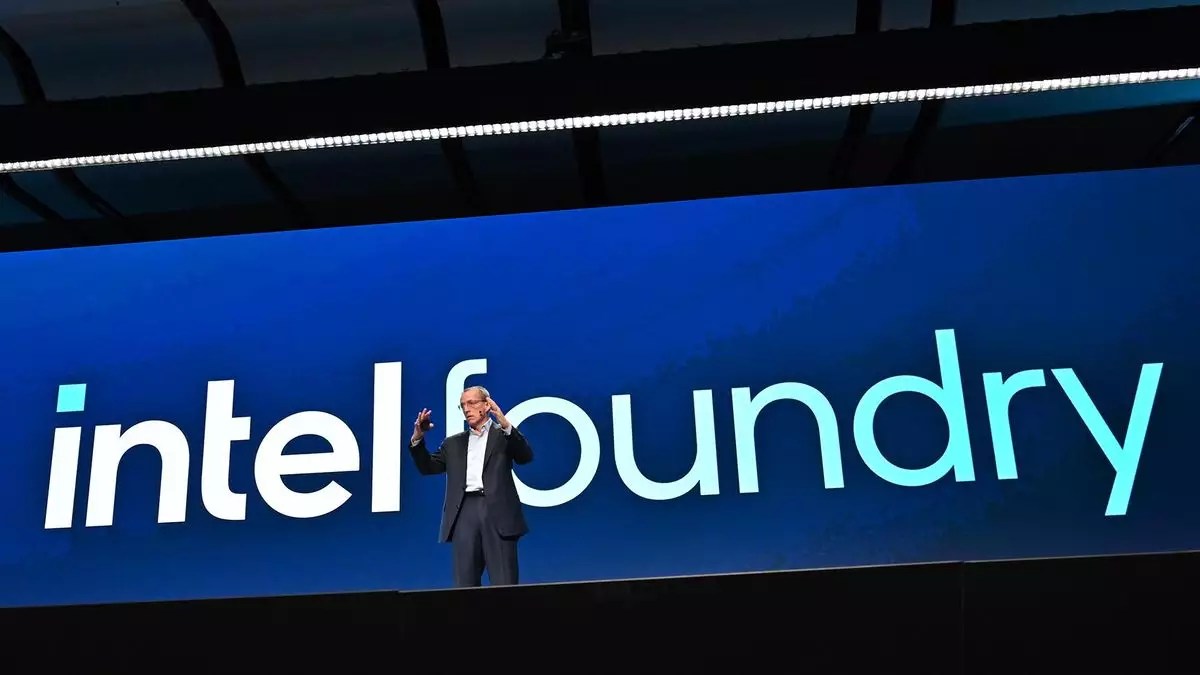Intel recently held its inaugural Intel Foundry Services Direct Connect event, unveiling its new manufacturing strategy. This strategy brings together all of Intel’s customer manufacturing, system design, packaging, and connectivity solutions under one umbrella. During the event, Intel shared its new process roadmap, including the announcement of its groundbreaking 14A node. This node, expected to hit the market in 2026 or 2027, will be the first to utilize High-NA lithography, PowerVia backside power delivery, and RibbonFET GAA transistors. The technology is undeniably cutting-edge.
While Intel did not disclose specific products that will be built on the 14A node, it is anticipated that enterprise-tier products will be a top priority. However, it is likely that consumer laptop and desktop chips will also benefit from this advanced technology. Intel’s roadmap, known as the ‘four nodes in five years’, started with Intel 7 and is now nearing completion with the upcoming 14A node. Subsequent nodes like Intel 4, 3, 20A, and 18A will bring exciting new possibilities for both enterprise and consumer markets.
Intel’s aggressive manufacturing strategy, following past node issues and delays, was considered risky. However, the successful execution of this roadmap is commendable. Intel aims to reclaim the process leadership position from TSMC with its 18A node, showing confidence in its capabilities. By opening up its manufacturing facilities to external partners, Intel is paving the way to become the world’s second-largest foundry by 2030, behind only TSMC. Partnerships with industry giants like Microsoft, Ericsson, Cadence, Keysight, and Siemens are propelling Intel’s foundry services forward.
Microsoft’s collaboration with Intel, particularly for chips built on the 18A node, hints at a custom AI chip development. This partnership could potentially amount to a substantial deal worth billions over its lifetime. Intel’s collaborations with Arm, Qualcomm, Broadcom, Nvidia, and Apple signify a significant shift in the semiconductor industry’s landscape. While Intel faces challenges in the server CPU space and AI sector compared to competitors like AMD, its ambitious roadmap and foundry strategy set the stage for a promising future in the semiconductor market.
Intel’s new manufacturing strategy and roadmap showcase the company’s determination to innovate and regain its leadership position in the semiconductor industry. By focusing on cutting-edge technology, strategic partnerships, and external collaborations, Intel is laying a solid foundation for future growth and success. With its eye on becoming a major player in the foundry services sector and securing key partnerships, Intel is poised for a significant impact in the coming years.


Leave a Reply